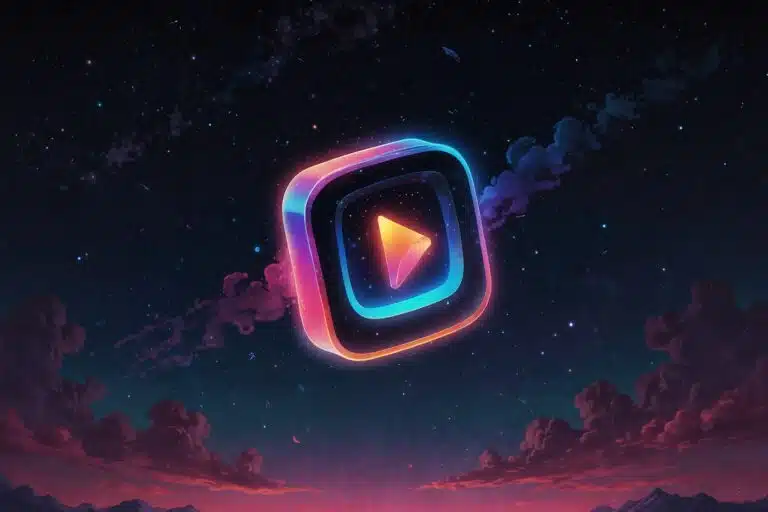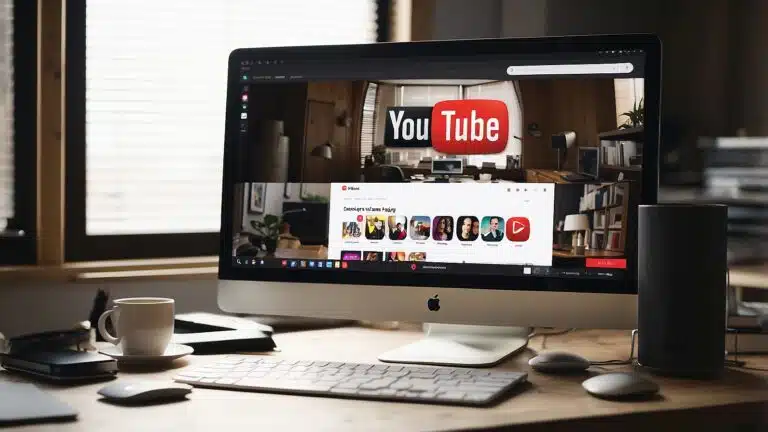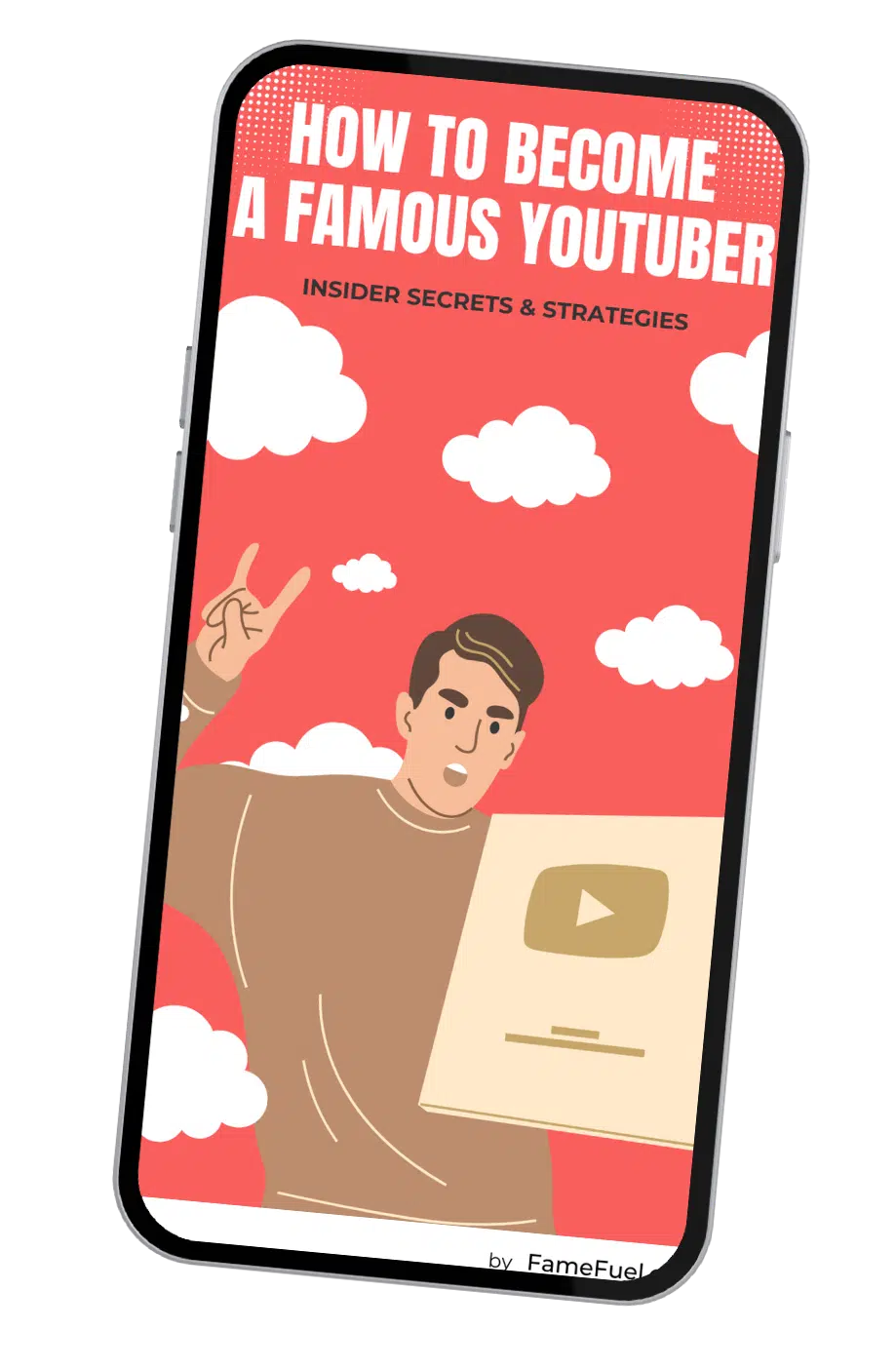If you are an aspiring influencer, you might be wondering which platform is better for earning money - Instagram or YouTube? Both platforms have a massive user base, and they offer different ways to monetize your content. In this article, we will compare Instagram vs YouTube earnings potential, and we'll explore the dynamics of influencer marketing on these platforms.
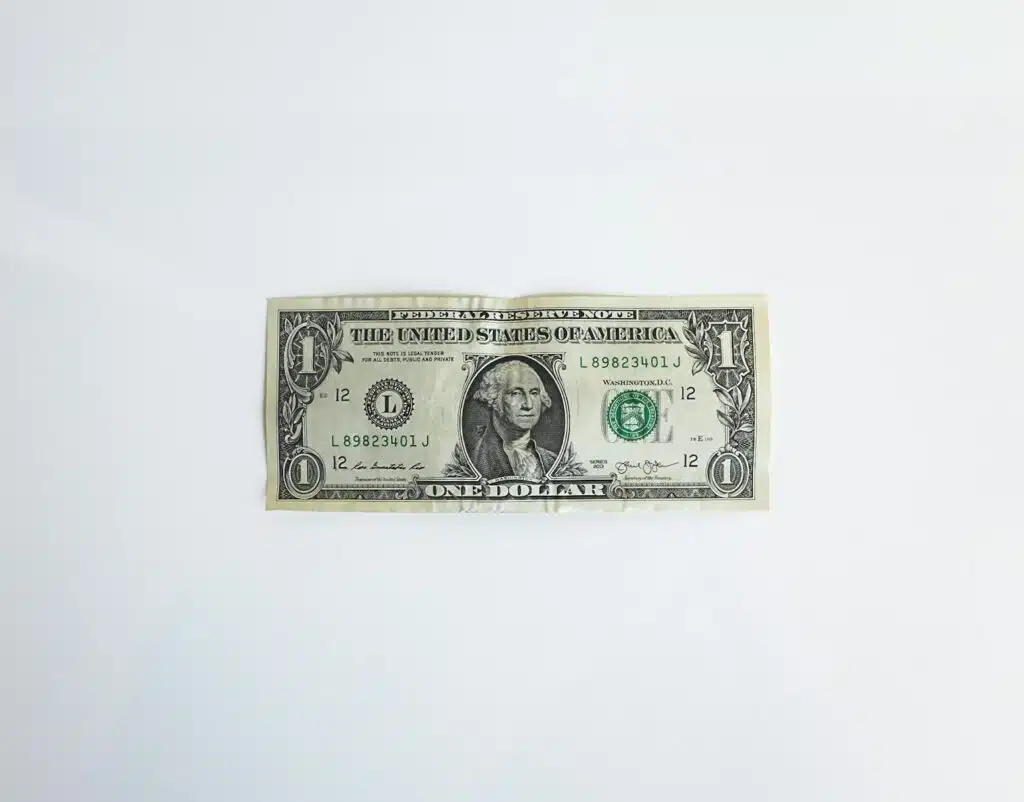
First, let's take a quick overview of Instagram and YouTube. Instagram is a photo and video-sharing app that allows users to create and share visual content with their followers. YouTube is a video-sharing platform that allows users to upload and share videos on a wide range of topics. Both platforms have millions of active users, and they offer a range of features for creators to engage with their audience.
Now, let's dive into the earning potential on Instagram vs YouTube. According to a survey by AspireIQ, YouTubers earned the highest average amounts from brand deals, followed by Instagram and TikTok creators. However, Instagram is known for its versatility, and it offers various ways to monetize your content, such as sponsored posts, affiliate marketing, and product sales. On the other hand, YouTube's monetization program is more straightforward, and it allows creators to earn money through ads, sponsorships, and merchandise sales.
Overview of Instagram vs YouTube Earnings

Social Media Evolution
Social media has revolutionized the way people communicate and share information. Instagram and YouTube are two of the most popular social media platforms today, each with its unique features and advantages. Instagram was launched in 2010 as a photo-sharing app, while YouTube was launched in 2005 as a video-sharing platform.
Platform Comparison
Both platforms have evolved over time, and now offer features such as short videos, long-form videos, live videos, stories, reels, IGTV, and posts. Instagram is known for its focus on visual content, with users sharing photos and videos in a square format. YouTube, on the other hand, is known for its long-form videos, with users uploading videos of up to 12 hours in length.
Key Features
Instagram's key features include Stories, which are short-lived videos and images that disappear after 24 hours, and Reels, which are short-form videos that can be up to 60 seconds long. Instagram also has IGTV, a separate app that allows users to upload longer videos of up to 60 minutes in length. YouTube's key features include live videos, which allow users to broadcast live to their audience, and YouTube Premium, which is a paid subscription service that allows users to watch ad-free videos and access exclusive content.
Content Types
Both platforms are popular for different types of content. Instagram is popular for lifestyle, fashion, beauty, and food content, while YouTube is popular for entertainment, educational, and how-to content. Both platforms offer opportunities for creators to monetize their content, with Instagram offering sponsored posts and YouTube offering ad revenue share.
In conclusion, Instagram and YouTube are two of the most popular social media platforms today, each with its unique features and advantages. Understanding the key features and content types of each platform can help you decide which one is right for you.
Earning Potential on Instagram vs YouTube
If you are an influencer or content creator, you may be wondering which platform is better for making money: Instagram or YouTube. Both platforms have their pros and cons when it comes to monetization, so it's important to understand the different earning potential on each platform.
Monetization Methods
Instagram and YouTube have different monetization methods available for creators. On YouTube, creators can earn money through ad revenue streams, which is based on the number of views and clicks on ads displayed on their videos. Instagram, on the other hand, does not have a direct ad revenue stream for creators. Instead, creators can earn money through sponsored content, affiliate marketing, and brand collaborations.
Ad Revenue Streams
YouTube's ad revenue streams can be a significant source of income for creators, especially those with high view counts and engagement rates. However, YouTube takes a 45% cut of ad revenue, leaving creators with 55% of the earnings. Instagram, on the other hand, does not have an ad revenue stream for creators. This means that creators need to rely on other monetization methods to earn money on the platform.
Sponsored Content and Affiliate Marketing
Sponsored content and affiliate marketing are two ways that creators can earn money on Instagram. Sponsored content involves working with brands to create content that promotes their products or services. Creators can also earn money through affiliate marketing, which involves promoting products or services and earning a commission on any sales made through their unique affiliate link.
Brand Collaborations and Influencer Campaigns
Brand collaborations and influencer campaigns are another way that creators can earn money on Instagram. Brands may reach out to creators to collaborate on a specific campaign or project, and pay them for their time and effort. Creators with a large following and high engagement rates may also be approached by brands to become ambassadors or long-term partners.
Overall, both Instagram and YouTube have their own unique earning potential for creators. While YouTube's ad revenue streams can be a significant source of income, Instagram's sponsored content, affiliate marketing, and brand collaborations can also be lucrative for creators. Ultimately, the earning potential on each platform depends on the creator's niche, audience, and engagement rates.
Influencer Marketing Dynamics
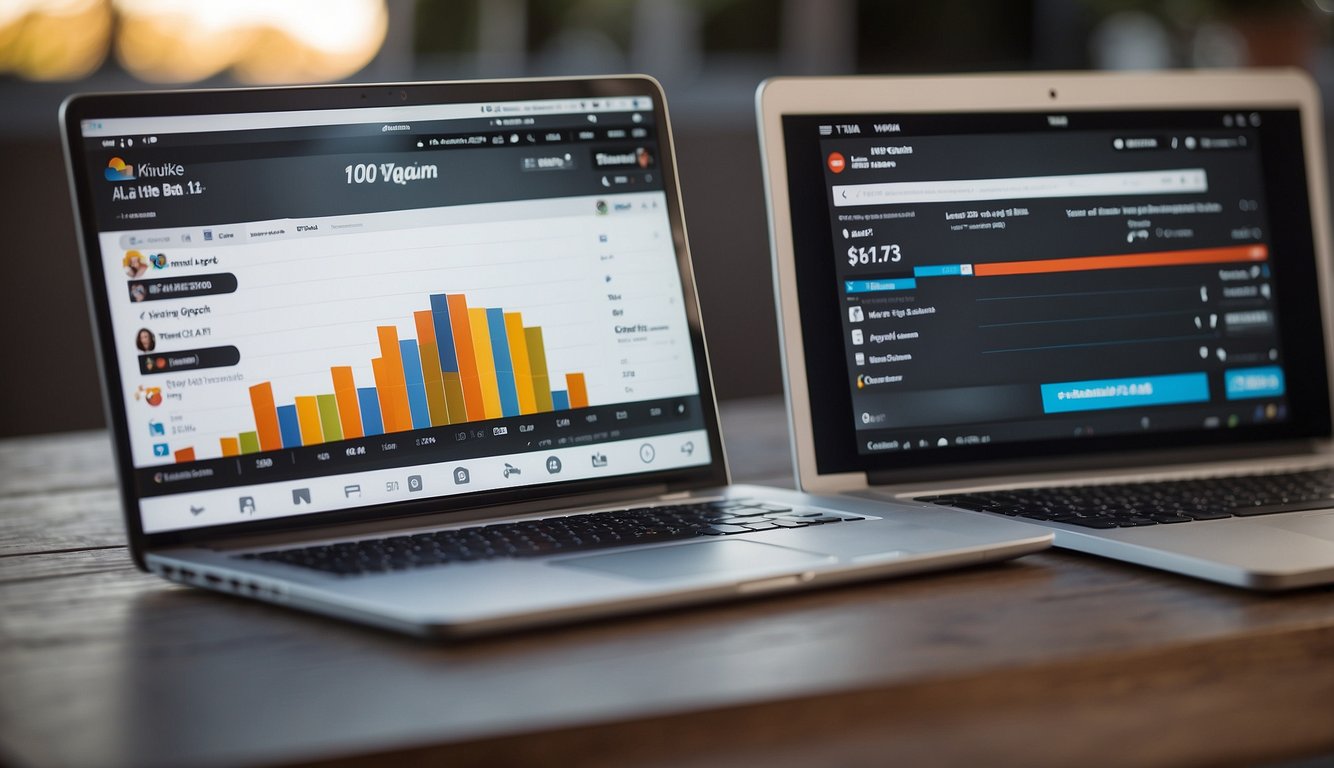
Influencer marketing has become a highly effective way for brands to reach their target audience. It's no secret that social media platforms like Instagram and YouTube have become the go-to channels for influencer marketing. Each platform offers unique features and benefits to influencers and brands alike. In this section, we'll explore some of the key dynamics that shape influencer marketing on Instagram and YouTube.
Engagement and Audience Growth
One of the most important factors that determine an influencer's earning potential is their engagement rate. Engagement rate is the percentage of an influencer's followers who interact with their content. On Instagram, engagement rate is calculated by dividing the total number of likes and comments by the number of followers. On YouTube, engagement rate is calculated by dividing the total number of likes, comments, and shares by the number of views.
Another key factor that determines an influencer's earning potential is their audience growth. The more followers an influencer has, the more valuable their content becomes to brands. However, it's important to note that audience growth should not be the sole focus of an influencer's strategy. Engagement is equally important, if not more so, as it indicates a deeper connection between the influencer and their audience.
Influencer-Brand Relationships
Influencers are essentially content creators who have built a loyal following on social media. Brands partner with influencers to reach their audience and promote their products or services. The relationship between influencers and brands can take many forms, from sponsored posts to long-term partnerships.
It's important for influencers to maintain a level of authenticity with their audience when working with brands. This means only promoting products or services that align with their personal brand and values. Brands, on the other hand, should ensure that their partnership with an influencer is a good fit for their target audience.
Marketing Strategies and Campaigns
Marketing strategies and campaigns are essential for both influencers and brands. Influencers must create content that resonates with their audience while also promoting the brand's message. Brands, on the other hand, must ensure that their marketing campaigns are effective in reaching their target audience and driving leads.
One effective marketing strategy is to leverage the power of user-generated content. This involves encouraging followers to create and share content related to the brand or product. User-generated content is often more authentic and engaging than traditional marketing content.
In conclusion, understanding the dynamics of influencer marketing is essential for both influencers and brands. By focusing on engagement and audience growth, maintaining authentic influencer-brand relationships, and utilizing effective marketing strategies and campaigns, influencers and brands can maximize their earning potential and reach their target audience effectively.
Platform-Specific Strategies
When it comes to earning money on social media, both Instagram and YouTube offer unique opportunities. However, to maximize your earnings potential, it's important to develop platform-specific strategies that take advantage of each platform's strengths. Below, we'll discuss some tactics for growing your following and optimizing your content on each platform.
Instagram Growth Tactics
To grow your following on Instagram, it's important to focus on niche content and utilize relevant hashtags. By narrowing your focus to a specific niche, you'll be able to attract a more engaged audience that is interested in your content. Additionally, using relevant hashtags will help your posts reach a wider audience and increase your visibility.
Another important factor in growing your following on Instagram is optimizing your bio and descriptions. Your bio should clearly communicate who you are and what you do, while your descriptions should be concise and engaging. By optimizing your bio and descriptions, you'll be able to attract more followers and keep them engaged with your content.
YouTube Content Optimization
To optimize your content for YouTube, it's important to focus on SEO and tags. By using relevant tags, you'll be able to increase your visibility and attract more viewers to your content. Additionally, optimizing your titles and descriptions with keywords will help your videos rank higher in search results.
Another important factor in optimizing your content for YouTube is to focus on niche content. By creating content that is specific to a certain niche, you'll be able to attract a more engaged audience that is interested in your content. Additionally, creating longer videos that are over 10 minutes in length can help increase your earnings potential through ad revenue.
Overall, developing platform-specific strategies is key to maximizing your earnings potential on Instagram and YouTube. By focusing on niche content, utilizing relevant tags and SEO, and optimizing your descriptions and bios, you'll be able to attract a more engaged audience and increase your visibility on each platform.
Comparative Analysis of User Experience
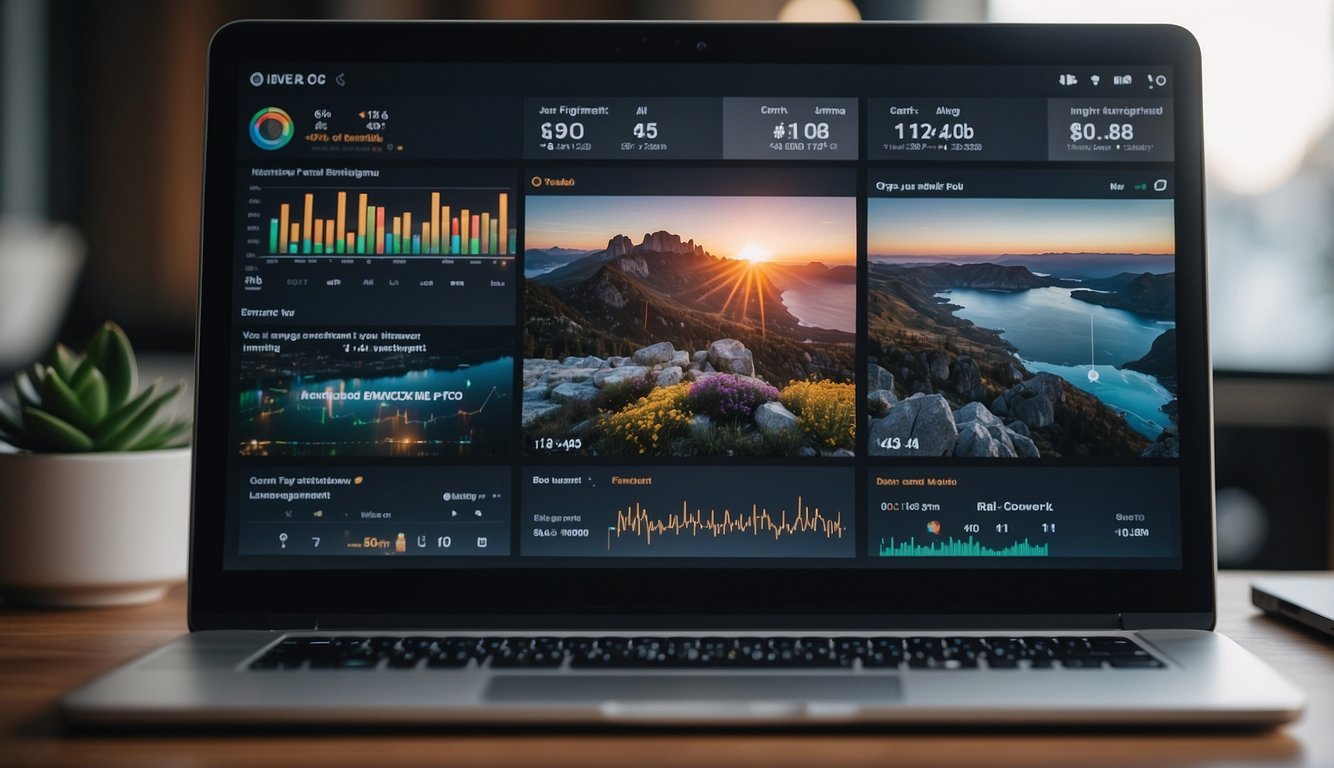
When it comes to user experience, both Instagram and YouTube have unique features that cater to their respective audiences. In this section, we will compare the visual and editing features of both platforms, as well as their user interface and navigation.
Visual and Editing Features
Instagram is primarily a visual platform, and it offers a variety of editing tools to enhance your photos and videos. You can apply filters, adjust brightness, contrast, and saturation, and add text, stickers, and emojis to your posts. Instagram also offers a range of video editing tools, such as trimming, adding music, and adjusting video speed.
On the other hand, YouTube is more focused on video content, and it offers more advanced editing tools to creators. You can add annotations, captions, and end screens to your videos, and adjust the lighting, color, and stabilization of your footage. YouTube also offers a range of audio editing tools, such as noise reduction and audio leveling.
User Interface and Navigation
Instagram has a simple and intuitive user interface that is easy to navigate. The app is divided into different tabs, such as Home, Search, Reels, and Profile, which makes it easy to find what you are looking for. Instagram also offers a range of features, such as Stories, IGTV, and Reels, which allows users to create different types of content and engage with their followers.
YouTube also has a user-friendly interface, with a simple navigation bar that allows you to access your subscriptions, playlists, and history. The platform also offers a range of features, such as live streaming, premieres, and community posts, which allows creators to engage with their audience in different ways.
In summary, both Instagram and YouTube offer unique features that cater to their respective audiences. Instagram is primarily a visual platform, with simple editing tools and a user-friendly interface. On the other hand, YouTube is more focused on video content, with advanced editing tools and a range of features for creators to engage with their audience.
Case Studies and Success Stories

Top Influencers and Their Earnings
When it comes to earning potential, both Instagram and YouTube can be lucrative for influencers. Some of the top influencers on these platforms have earned millions of dollars through sponsored content, advertising revenue, and merchandise sales.
One of the most successful YouTubers is Ryan Kaji, who is known for his toy reviews and unboxing videos. According to Forbes, Ryan earned $26 million in 2019 alone, making him the highest-paid YouTuber that year. Similarly, David Dobrik, a popular YouTuber and vlogger, has an estimated net worth of $20 million, largely due to his successful YouTube channel and brand deals.
On the other hand, many Instagram influencers have also made a name for themselves and earned significant sums of money. Colleen Ballinger, who is known for her character Miranda Sings, has over 8 million followers on Instagram and has worked with brands such as Netflix and Coca-Cola. According to reports, she earns an estimated $50,000 per sponsored post.
Joey Graceffa, another popular YouTuber, has also found success on Instagram, where he has over 6 million followers. Graceffa has worked with brands such as Google and Audible and reportedly earns up to $15,000 per sponsored post.
Viral Campaigns Analysis
Both Instagram and YouTube have been home to many successful viral campaigns that have helped brands reach new audiences and generate buzz. One example is the "Ice Bucket Challenge," which went viral on both platforms in 2014. The challenge involved pouring a bucket of ice water over one's head and nominating others to do the same, all in an effort to raise awareness and funds for ALS research. The challenge was a massive success, with millions of people participating and raising over $115 million for the cause.
Another successful campaign was the "Share a Coke" campaign, which was launched by Coca-Cola in 2011. The campaign involved printing people's names on Coke bottles and encouraging consumers to share photos of themselves with their personalized bottles on social media. The campaign was a hit on both Instagram and YouTube, with people sharing photos and videos of themselves with their Coke bottles. The campaign helped Coca-Cola increase sales and engagement on social media.
Overall, both Instagram and YouTube offer significant earning potential for influencers, as well as opportunities for brands to reach new audiences and generate buzz with viral campaigns. Whether you choose to focus on one platform or both, it's important to create high-quality content and engage with your audience to build a loyal following.
Future Trends and Market Predictions

As we move into the future, the world of social media is set to undergo several transformative changes. Here are some of the trends and market predictions that will shape the future of social media and influencer marketing.
Rise of AI and Machine Learning
Artificial Intelligence (AI) and Machine Learning (ML) are set to play a critical role in the future of social media. These technologies will help social media platforms to better understand user behavior and preferences, enabling them to deliver more targeted and personalized content.
AI and ML will also help influencers to optimize their content and grow their audience. For example, AI-powered tools can analyze engagement rates and suggest the best times to post content, while ML algorithms can help influencers to identify the most relevant hashtags to use.
Evolving Social Media Landscapes
The social media landscape is constantly evolving, with new platforms emerging and existing platforms evolving to meet changing user needs. TikTok, for example, has emerged as a major player in the social media space, with its short-form video content proving hugely popular with users.
Meanwhile, established platforms like Facebook and Google are continuing to innovate and expand their offerings. Facebook, for example, has launched Facebook Shops, which allows businesses to sell products directly through the platform.
As the social media landscape continues to evolve, influencers will need to stay on top of these changes and adapt their strategies accordingly. This may involve experimenting with new platforms, embracing new content formats, and leveraging the latest tools and technologies to optimize their content and grow their audience.
Overall, the future of social media and influencer marketing looks bright, with new technologies and platforms set to open up new opportunities for influencers to connect with their audiences and grow their brands.
Challenges and Considerations

Platform Limitations and Challenges
Both Instagram and YouTube have their own limitations and challenges when it comes to earning money. Instagram's limitations include the maximum length of videos, which is currently 60 seconds, and the inability to link directly to external websites in posts. On the other hand, YouTube's limitations include the strict policies regarding monetization and the need to have at least 1,000 subscribers and 4,000 watch hours in the past 12 months to be eligible for monetization.
To overcome these limitations, you need to understand the strengths and weaknesses of each platform and tailor your content accordingly. For Instagram, you need to focus on creating short but engaging videos that showcase your brand and products. For YouTube, you need to create longer and more detailed videos that provide value to your audience.
Legal and Ethical Implications
When it comes to earning money on social media, there are legal and ethical implications that you need to consider. For example, you need to ensure that your content is authentic and not misleading. You also need to comply with regulations and policies set by the platform and the government.
To ensure that your content is authentic, you need to disclose any sponsored content or paid partnerships. This will help you build trust with your audience and avoid any legal issues. You also need to comply with the regulations and policies set by the platform and the government. For example, Instagram has strict policies regarding the promotion of tobacco, drugs, and firearms, while YouTube has policies regarding hate speech and violence.
In conclusion, earning money on Instagram and YouTube requires a deep understanding of the platform's limitations and challenges, as well as the legal and ethical implications. By creating authentic and engaging content that complies with the regulations and policies, you can build a competitive and sustainable brand that generates revenue on both platforms.
Conclusion
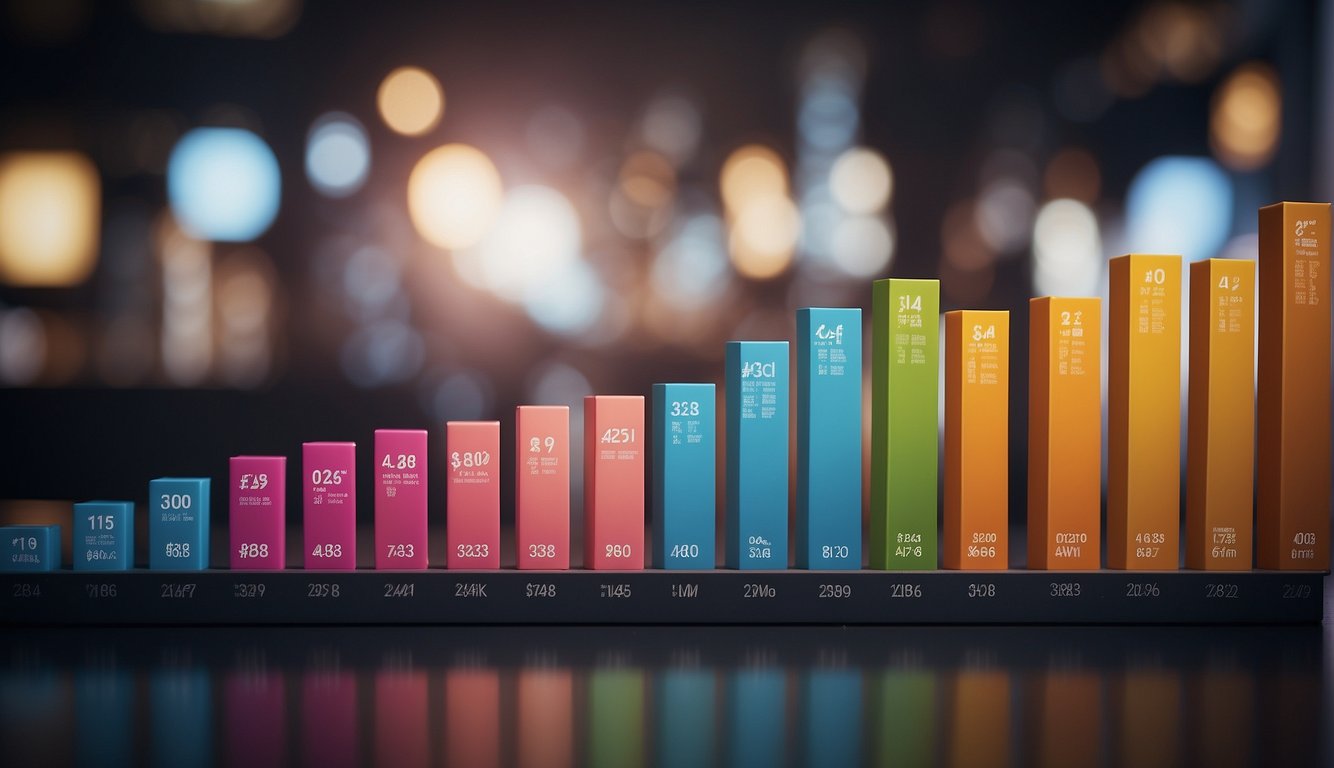
Summary of Key Points
In summary, both Instagram and YouTube offer opportunities for earning money as an influencer. However, YouTube appears to be more profitable for creators than Instagram or TikTok. According to a study by AdAge, YouTube creators are more likely to earn at least $500 per month from brand deals than influencers who primarily use Instagram.
One of the reasons for this is that YouTube videos tend to have a longer shelf life than Instagram posts. YouTube videos can continue to earn ad revenue long after they have been posted, whereas Instagram posts tend to have a shorter lifespan and may not be seen by as many people.
Another key point to consider is that YouTube rewards creators for creating longer videos, while Instagram rewards creators for creating shorter, more frequent posts. Therefore, the platform you choose may depend on your content style and preferences.
Final Recommendations
If you are looking to earn money as an influencer, it is important to consider both Instagram and YouTube as potential platforms. However, if you are looking to maximize your earnings, it may be worth focusing more on YouTube due to its higher earning potential.
When choosing a platform, it is also important to consider your content style and preferences. If you enjoy creating longer videos and have a niche that lends itself well to YouTube, then it may be the better choice for you. However, if you prefer creating shorter, more frequent posts and have a niche that is better suited to Instagram, then it may be the better choice.
Ultimately, the key to success on either platform is to create high-quality content that resonates with your audience. By focusing on creating great content and building a loyal following, you can increase your earning potential on both Instagram and YouTube.


















